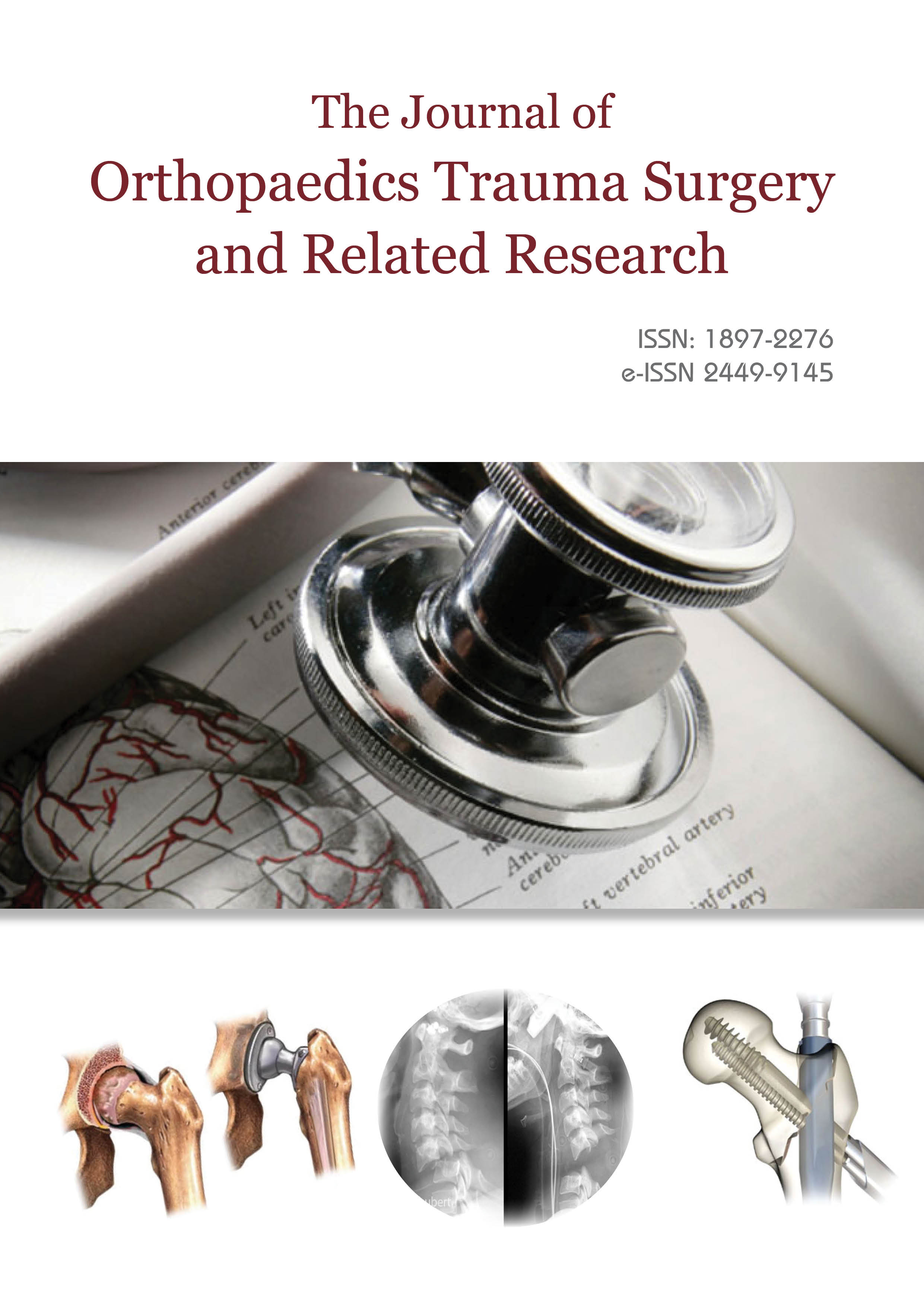Journal of Orthopaedics Trauma Surgery and Related Research

An Official Journal of Polish Society of Orthopaedics and Traumatology
ISSN:1897-2276
e-ISSN: 2449-9145

An Official Journal of Polish Society of Orthopaedics and Traumatology
ISSN:1897-2276
e-ISSN: 2449-9145
Background: Tibial shaft fractures are a common injury, with various fixation techniques available. This study aims to compare two minimally invasive methods of fracture fixation MIPO (Minimally Invasive Plate Osteosynthesis) and IMN (Intramedullary Nail) and evaluate their impact on clinical outcomes, complications and cost-effectiveness.
Materials and methods: A prospective cohort study was conducted in Basra from 2013-2023. In this timeframe, 81 skeletally mature patients, had tibial shaft fractures due to different mechanisms. All were treated with minimally invasive methods of fracture fixation (MIPO and IMN). Patients were followed for a period ranging from (6 to 24 months) regarding union rate and functional outcome, and monitoring of any complication.
Results: Eighty-one patients (68 males and 13 females), aged 17-72 years their mean age was 36.14 ± 12.86 years. 39 patients with MIPO and 42 with IMN. The time spent during surgery was longer among the IMN group, (p=0.035). The length of surgical incision was longer among the MIPO group 4.36 cm and more blood loss was noticed during the IMN surgery. The number of screws used during operation was higher in the MIPO group. The mean healing time was better among the IMN group. Regarding the post-op complications, no significant difference between the two types of surgery.
Conclusion: Both MIPO and IMN offer effective treatment for tibial shaft fractures, with their choice depending on various factors. While IMN may be more cost-effective and result in faster healing times and fewer hardware requirements, MIPO may still be preferred in certain cases based on individual patient needs.
Select your language of interest to view the total content in your interested language
 Journal of Orthopaedics Trauma Surgery and Related Research a publication of Polish Society, is a peer-reviewed online journal with quaterly print on demand compilation of issues published.
Journal of Orthopaedics Trauma Surgery and Related Research a publication of Polish Society, is a peer-reviewed online journal with quaterly print on demand compilation of issues published.